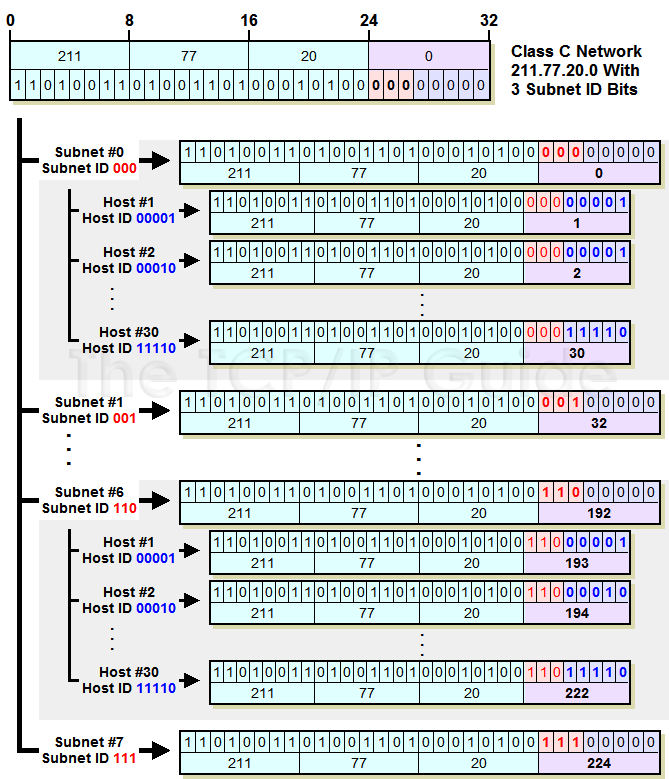 |
|
Please Whitelist This Site?
I know everyone hates ads. But please understand that I am providing premium content for free that takes hundreds of hours of time to research and write. I don't want to go to a pay-only model like some sites, but when more and more people block ads, I end up working for free. And I have a family to support, just like you. :)
If you like The TCP/IP Guide, please consider the download version. It's priced very economically and you can read all of it in a convenient format without ads.
If you want to use this site for free, I'd be grateful if you could add the site to the whitelist for Adblock. To do so, just open the Adblock menu and select "Disable on tcpipguide.com". Or go to the Tools menu and select "Adblock Plus Preferences...". Then click "Add Filter..." at the bottom, and add this string: "@@||tcpipguide.com^$document". Then just click OK.
Thanks for your understanding!
Sincerely, Charles Kozierok
Author and Publisher, The TCP/IP Guide
|
|
|

Custom Search
|
|
IP Subnetting Step #5: Determining Host Addresses For Each Subnet
(Page 1 of 3)
Once we know the addresses of each of the subnets in our network, we use these addresses as the basis for assigning IP addresses to the individual hosts in each subnet. We start by associating a subnet base address with each physical network (since at least in theory, our subnets correspond to our physical networks). We then sequentially assign hosts particular IP addresses within the subnet (or in a different manner, if we prefer!)
Determining host addresses is really quite simple, once we know the subnet address. All we do is substitute the numbers 1, 2, 3… and so on for the host ID bits in the subnet address. We must do this in binary of course, and then convert the address to decimal form. Again, we can do some “short-cutting” once the rather obvious pattern of how to assign addresses emerges. We'll look at those later in the topic.
Let's start with our Class C example again, 211.77.20.0, which we divided into 8 subnets using 3 subnet bits. Here's how the address appears with the subnet bits shown highlighted, and the host ID bits shown highlighted and underlined.:
11010011 01001101 00010100 00000000
The first subnet is subnet #0, which has all zeroes for those subnet bits, and thus the same address as the network as a whole: 211.77.20.0. We substitute the numbers 1, 2, 3 and so on for the underlined bits to get the host IDs. (Remember that we don't start with 0 here because for the host ID, the all-zero and all-one binary patterns have special meaning). So it goes like this:
- The first host address has the number 1 for the host ID, or “00001” in binary. So, it is:
11010011 01001101 00010100 00000001
In decimal, this is 211.77.20.1.
- The second host address has the number 2 for the host ID, or “00010” in binary. Its binary value is:
11010011 01001101 00010100 00000010
In decimal, this is 211.77.20.2
I'm sure you get the picture already; the third host will be 211.77.20.3, the fourth 211.77.20.4 and so on. There is a maximum of 30 hosts in each subnet, as we saw before. So, the last host in this subnet will be found by substituting 30 (11110 in binary) for the host ID bits, resulting in a decimal address of 211.77.20.30.
We can do the same thing for each of the other subnets; the only thing that changes is the values in the subnet ID bits. Let's take for example, subnet #6. It has “110” for the subnet bits instead of “000”. So, its subnet base address is 211.77.20.192, or:
11010011 01001101 00010100 11000000
We assign hosts to this subnet by substituting 00001, then 00010, then 00011 for the host ID bits as before:
- The first host address is:
11010011 01001101 00010100 11000001
Or 211.77.20.193.
- The second host address is:
11010011 01001101 00010100 11000010
Or 211.77.20.194.
And so on, all the way up to the last host in the subnet, which is 211.77.20.222. Figure 80 shows graphically how subnet and host addresses are calculated for this sample network.
|
One more address we may wish to calculate is the broadcast address for the subnet. This of course is one of the special cases, found by substituting all ones for the host ID. For subnet #0, this would be 211.77.20.31. For subnet #6, it would be 211.77.20.223. That's pretty much all there is to it.
|
| |||||||||||||||||||
Home - Table Of Contents - Contact Us
The TCP/IP Guide (http://www.TCPIPGuide.com)
Version 3.0 - Version Date: September 20, 2005
© Copyright 2001-2005 Charles M. Kozierok. All Rights Reserved.
Not responsible for any loss resulting from the use of this site.







